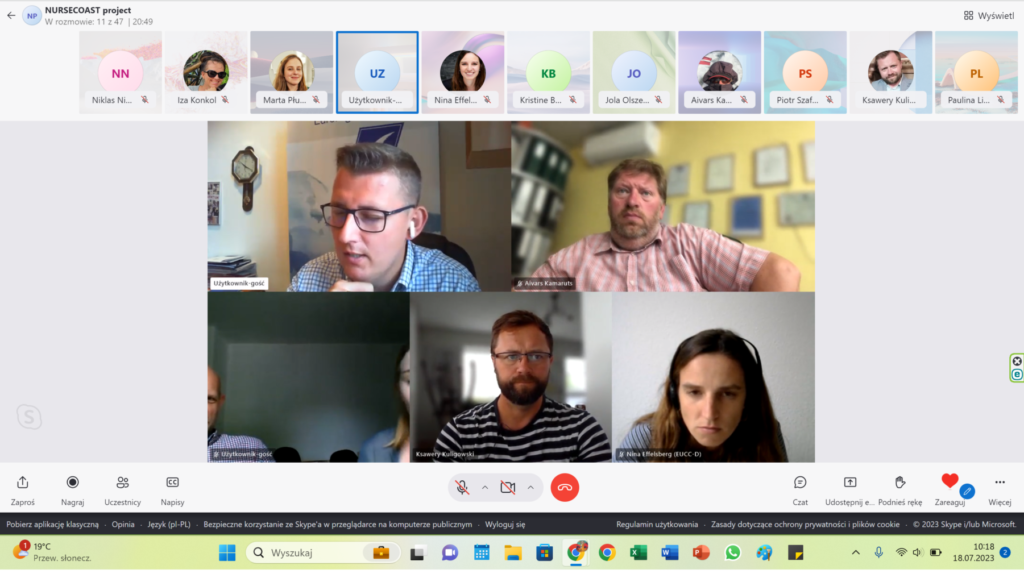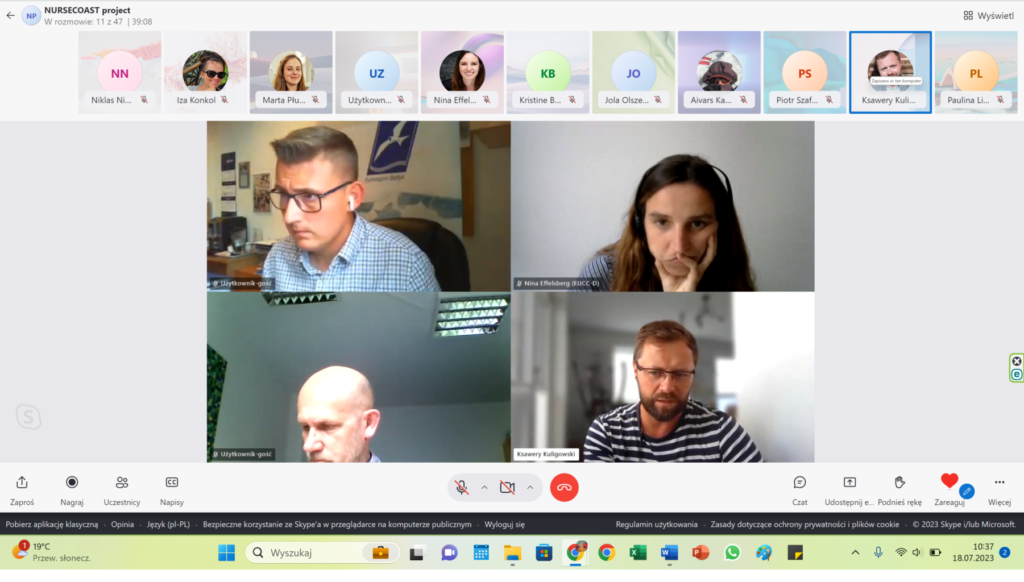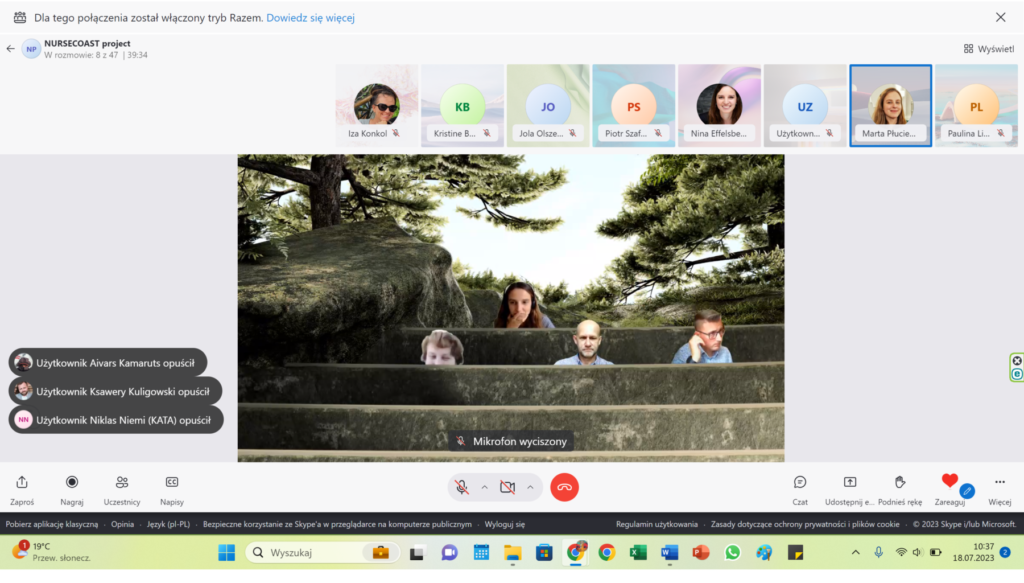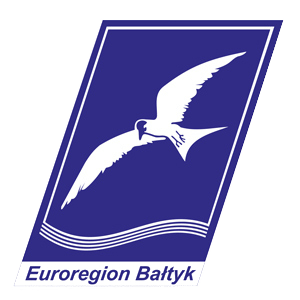Informacje z Euroregionu Bałtyk
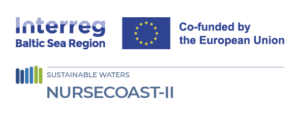
Nursecoast IItl-ne Nursecoast-II English pll_64b6a01d38e67 Nursecoast II
Online meeting - Nursecoast II project
The Nursecoast II project partners met today, July 18. The project consortium, in an online format, connects every two weeks. The regularity of the meetings is aimed at presenting current issues that the partners are currently working on.
The topic of discussion today was the presentation of information on the timing of the next project tasks, potential pilot sites and future evaluation results regarding the selection of the appropriate technology used to build the wastewater treatment plant.
The partners discussed a report on case study sites in Finland. The report is intended to help work on future technology solutions and internal reporting work. You can find expert opinions and feedback on the project's pilot investments in choosing the most effective and optimal technological solution to serve the local community. The above document also includes a chapter on the review of the peer review co-creation process, during which specific aspects of the pilot investment were evaluated, and a chapter on the evaluation of each pilot investment and the results of the peer review discussions.
The report is also intended to serve as a book of good practices showing various aspects of choosing the optimal solution based on known and proven technologies, considered the best in the market. The document goes beyond the borders of the country, containing the opinions of experts from each partner country on selected pilot projects, you will find there elements that, if certain conditions are met, can also be applied elsewhere. The final result will be 5 more such reports, for a total of 6 partner countries.
In summary, as presented by the project partners, the document discussed above has a threefold purpose: first, it is intended to serve as a feedback mechanism to help improve the project's pilot work, particularly the development of the pilots, and ultimately the use of the project results by local authorities. Second, it is a coherent collection of expert opinions on each pilot project to be taken into account when partners discuss options for improving wastewater treatment with local authorities in rural tourist destinations. It is a valuable tool for partners to open dialogue with representatives of municipalities and wastewater treatment authorities, specialists and experts. Thirdly, it serves as an aid in bridging the gap in local authorities' knowledge of some of the obstacles and challenges associated with each investment, and making sure that lessons can be learned and implemented by subsequent municipalities.
Evaluating the choice of methods and technologies to solve local wastewater problems at each pilot site will allow mutual exchange of methods used in other pilot projects that could be adapted, or used elsewhere.
